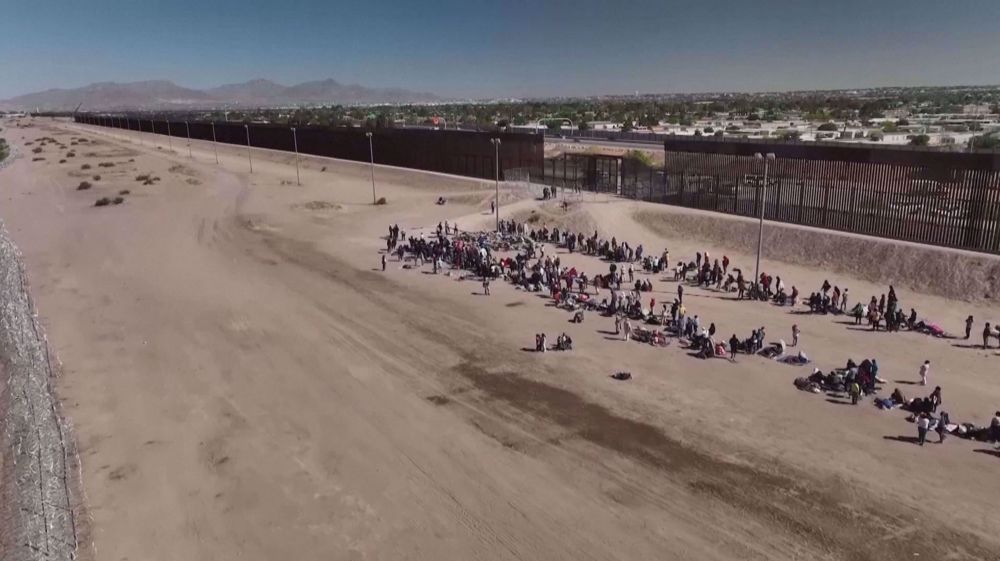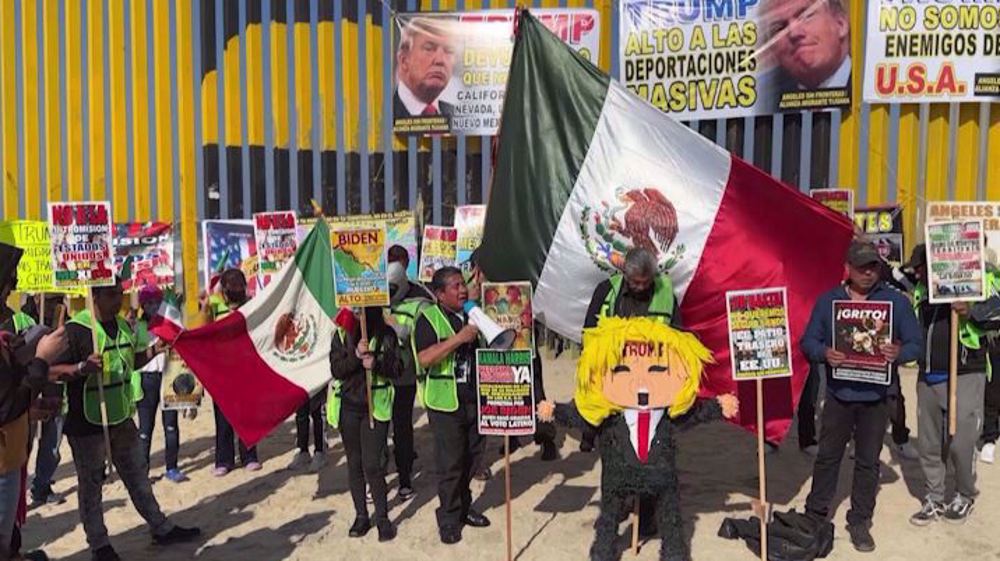Nuclear tourism seeks to energize Fukushima
Seven years after a massive quake triggered a tsunami and nuclear disaster that killed 15,000, Takuto Okamoto and other tour companies are bringing a stream of sightseers to ghost towns circling Japan's stricken Fukushima Daiichi nuclear plant, hoping to revive the region.
As tourists sped past Okuma town -- most parts of which are not habitable -- a handheld geiger counter measured radiation readings as high as 2.5 to 3 microsieverts per hour, around 100 times more than normal background radiation. Okuma town is one of the closest to the Fukushima Daiichi nuclear plant and still remains under the government's evacuation order.
Okamoto, who started his first tour in February, drove a group of Filipino tourists to Tomioka Town, where they took photos in front of a fence that marks the new boundary of the habitable zone, and wandered the empty street of Namie, a town just 4 kilometers north of the plant. The group also visited a cattle ranch that houses some 300 cows said to be affected by the radiation coming from the nearby crippled nuclear-powered plant.
Such close encounters with Fukushima Daiichi were what attracted curious foreign tourists. Louie Ching, a Filipino who paid 23,000 yen ($209.36) for the tour, said he joined the day trip from Tokyo partly for bragging rights.
Students on school trips were another source of visitors to the derelict town of Namie, where residents had begun returning to, after radiation levels subsided last year. The students experienced rice-planting in a local farm and learned about the impact of the disaster on the area.
Okamoto and many of the returning residents see these visitors as a means to revive their mostly deserted towns and villages and allay radiation fears. Some, however, worry it will forever have a negative association for tourists, and draw a line under a disaster that is far from over.
(Source: Reuters)

Nearly 200 migrants deported from US, all men, arrive in Venezuela

'Un-American,' 'Help people already here'- birthright citizenship debate divides NY

Activists in Mexico rally against incoming Trump's anti-immigration policies
VIDEO | Press TV's news headlines
Iran more than halved its power grid losses to 10% in 16 years: Expert
Abbas names likely successor in move deemed ‘illegitimate, divisive’
Illegal Israeli settlers attack Palestinian school in occupied West Bank
VIDEO | Israeli forces tighten siege on Jenin refugee camp
Iran restores operations at its largest container port after explosion
Leader offers condolences over ‘painful’ port blast in southern Iran
VIDEO | Yemeni army attacks sensitive Israeli military sites with ballistic missiles






 This makes it easy to access the Press TV website
This makes it easy to access the Press TV website